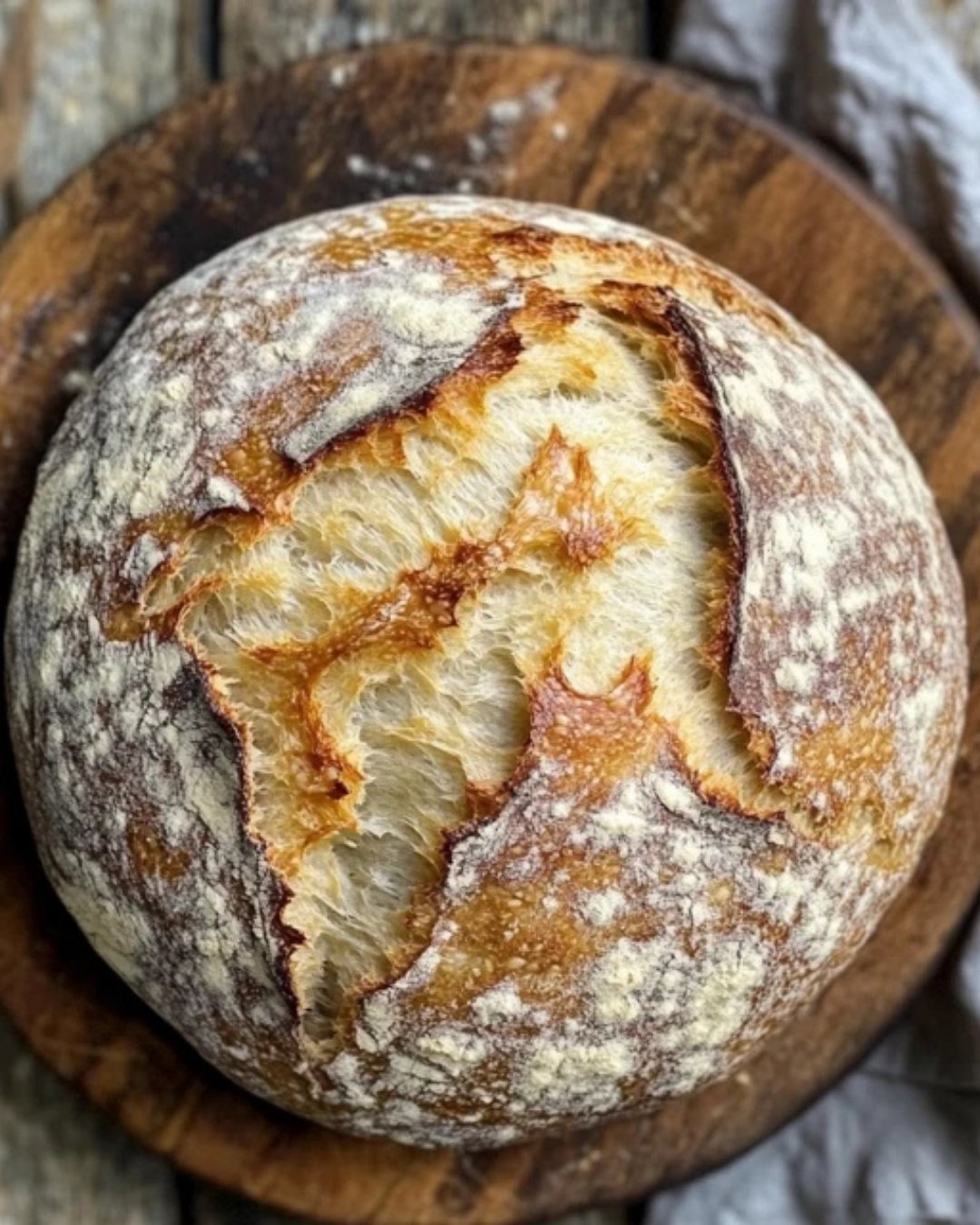ADVERTISEMENT
**Freshly Baked or Day-Old? What’s the Best Bread for Sandwiches?**
When it comes to creating the perfect sandwich, one key ingredient stands out above the rest—bread. Whether you’re crafting a classic PB&J, a gourmet grilled cheese, or a hearty turkey club, the bread you choose can make all the difference. But here’s the age-old question: **Is freshly baked bread or day-old bread better for sandwiches?**
While freshly baked bread offers a delightful softness and irresistible aroma, day-old bread often has the ideal texture for holding up to fillings. So, which is truly best? Let’s break it down and help you decide whether to go for that warm loaf straight from the oven or opt for slightly older bread for your next sandwich creation.
### The Case for Freshly Baked Bread
Freshly baked bread is the star of many kitchens. Its soft, airy texture and aromatic warmth are simply unbeatable. But when it comes to sandwiches, does this freshness always work in your favor?
#### Pros of Freshly Baked Bread for Sandwiches:
1. **Softness and Freshness**: Freshly baked bread is incredibly soft and light, offering a melt-in-your-mouth experience with each bite. This softness works particularly well for delicate sandwiches like turkey or chicken salad, where you don’t want the bread to overpower the flavors of the fillings.
2. **Aromatic Appeal**: The smell of freshly baked bread is enough to make anyone’s mouth water. When you open the sandwich, that fresh-baked fragrance adds to the overall sensory experience, enhancing the pleasure of each bite.
3. **Ideal for Toasting**: Fresh bread is perfect for toasting. When it’s lightly toasted, the outer crust crisps up while the inside remains soft, providing a fantastic balance of textures for sandwiches like grilled cheese or panini.
#### Cons of Freshly Baked Bread for Sandwiches:
1. **Softness Can Be a Downside**: While softness is often a benefit, overly soft bread can sometimes get soggy quickly when piled high with moist ingredients like tomatoes, lettuce, or condiments. This is particularly true if the bread hasn’t had time to cool properly, and it hasn’t set up yet.
2. **Difficulty Handling Heavier Fillings**: Fresh bread tends to be more delicate, which can make it challenging to hold up against denser, juicier sandwich fillings like thick cuts of meats or saucy spreads. The bread might squish or tear under the pressure of thick fillings.
3. **Short Shelf Life**: Fresh bread can become stale relatively quickly. If you don’t finish your sandwich right away, you may find the bread hardening within a few hours.
### The Case for Day-Old Bread
On the other hand, day-old bread often has a firmer texture that some people find ideal for sandwiches. It’s not as soft as freshly baked bread, but it has qualities that make it perfect for certain types of sandwiches.
#### Pros of Day-Old Bread for Sandwiches:
1. **Better Structure**: Day-old bread, whether it’s a baguette, sourdough, or sandwich loaf, is typically firmer and sturdier. This makes it the ideal choice for sandwiches with a lot of fillings, as it won’t get soggy as quickly. If you’re using ingredients like deli meats, cheese, pickles, or saucy spreads, day-old bread is more likely to maintain its shape and texture.
2. **Ideal for Toasting or Grilling**: Day-old bread toasts beautifully. When you toast or grill day-old bread, it becomes crisp and crunchy on the outside while maintaining a chewy, satisfying interior. This is perfect for sandwiches like a panini or a French dip, where you want a hearty, crispy exterior to contrast with the juicy filling.
3. **Enhanced Flavor**: With age, bread can develop a slightly more complex flavor, especially if it’s a rustic loaf like sourdough or whole wheat. The bread might take on a tangier note or a deeper, nutty flavor, which can add a unique depth to your sandwich.
4. **Holds Up to Moisture**: Day-old bread is less likely to absorb moisture from ingredients like tomato slices or sauces, which means you won’t be left with a soggy sandwich by the time you’re halfway through eating it. This makes it perfect for sandwiches with juicy fillings or condiments.
#### Cons of Day-Old Bread for Sandwiches:
1. **Toughness**: Day-old bread can sometimes become too tough or dry, especially if it hasn’t been stored properly. If it’s been left out or improperly sealed, it can feel hard when eaten. To avoid this, consider slightly warming the bread or even lightly steaming it to bring back some of its moisture before making your sandwich.
2. **Less Fresh Aroma**: One of the most charming aspects of freshly baked bread is its irresistible fragrance. Day-old bread, on the other hand, lacks that fresh-baked aroma, which can make the sandwich experience less sensory-rich.
### When to Use Freshly Baked Bread vs. Day-Old Bread
The choice between freshly baked bread and day-old bread really depends on the type of sandwich you’re making and your personal preference. Here are some guidelines to help you decide:
For Complete Cooking STEPS Please Head On Over To Next Page Or Open button (>) and don’t forget to SHARE with your Facebook friends
ADVERTISEMENT
